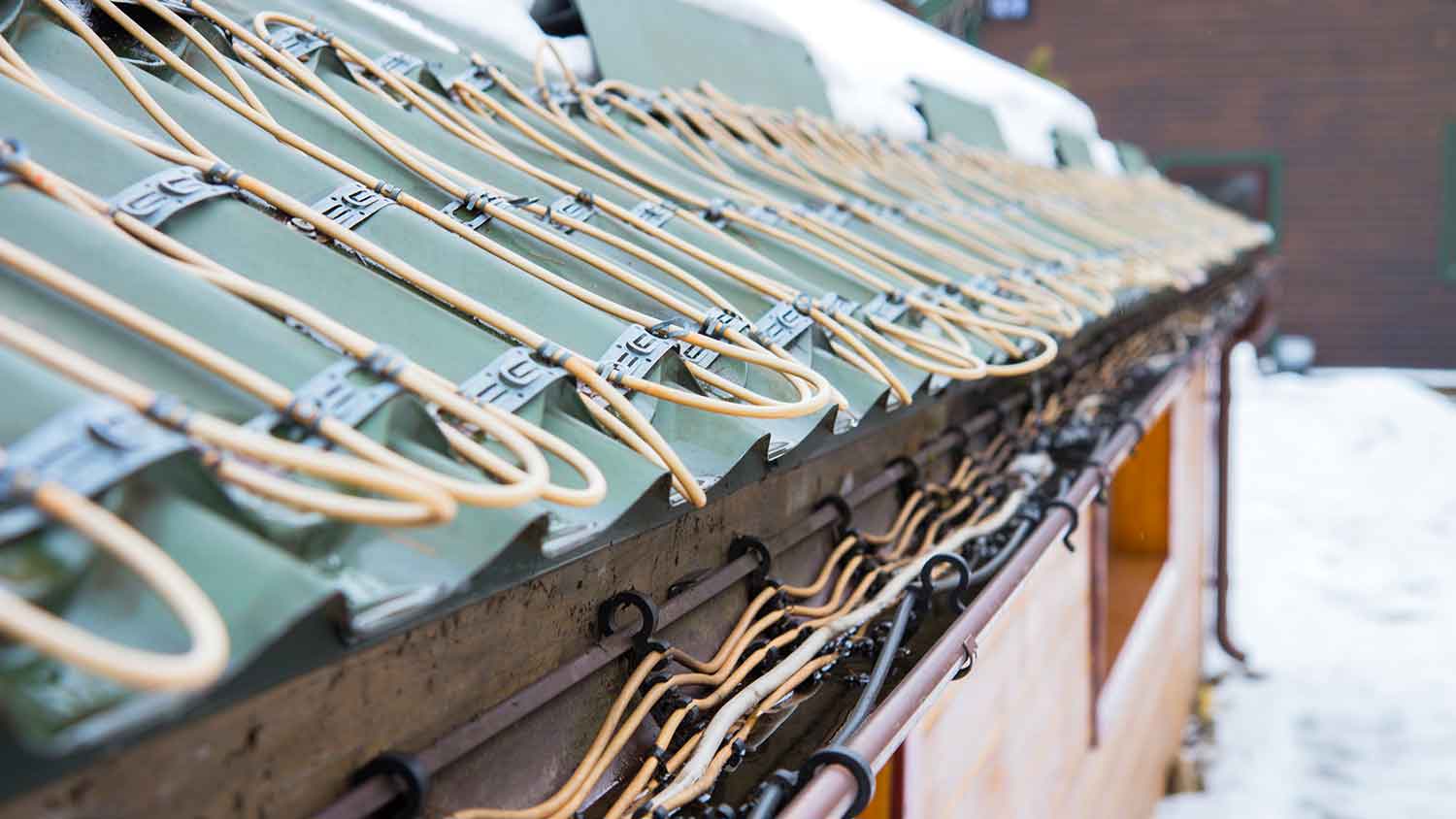
Get matched with top roof ice and snow removal pros in New London, TX
Enter your ZIP and get matched with up to 5 pros
Need a pro for your roof ice and snow removal project in New London, TX?
Verified Reviews for Roof Ice And Snow Removal pros in New London, TX
*The Angi rating for Roof Ice And Snow Removal companies in New London, TX is a rating based on verified reviews from our community of homeowners who have used these pros to meet their Roof Ice And Snow Removal needs.
*The HomeAdvisor rating for Roof Ice And Snow Removal companies in New London, TX is a rating based on verified reviews from our community of homeowners who have used these pros to meet their Roof Ice And Snow Removal needs.
Last update on November 26, 2025
Find Roof ice and snow removal pros in New London
squares roofing llc
squares roofing llc
Squares roofing is a family own business that started in 2005 and has grown to over 100 employees and sub contractors We accept all major credit card and financing options are available based on credit approval .We offer free quotes
Squares roofing is a family own business that started in 2005 and has grown to over 100 employees and sub contractors We accept all major credit card and financing options are available based on credit approval .We offer free quotes
D.W's Tree and handymans services
D.W's Tree and handymans services
Affordable, ask about our warantys, we employ a number of good reliable workers that have been specially trained in many different fields, all work is written on contract and customers receive a copy as well do we.
Affordable, ask about our warantys, we employ a number of good reliable workers that have been specially trained in many different fields, all work is written on contract and customers receive a copy as well do we.
C & M Construction
C & M Construction
C&M Construction is a family owned and operated company which consist of just a handfull of employees. We provide a wide variety of services to all of East TX.
C&M Construction is a family owned and operated company which consist of just a handfull of employees. We provide a wide variety of services to all of East TX.
GO Stanley
GO Stanley
Secondary location in Kilgore for East Texas
Secondary location in Kilgore for East Texas
The New London, TX homeowners’ guide to roof ice and snow removal services
From average costs to expert advice, get all the answers you need to get your job done.
 •
•Discover the average cost of roof snow removal, key price factors, and ways to save. Get transparent estimates to protect your home this winter.
 •
•Discover the average roof heating cable installation cost, key price factors, and how to budget for your project. Learn how to save and what to expect.

Winter’s icy chandeliers can pose more of a hazard than you might think. So should you knock down icicles or let them disappear with warmer weather? Find out here.

Roof raking can help prevent damaging ice dams from forming. Learn more about roof raking, how and when to do it, and other ways to prevent ice dams.

In this guide, find out how much snow a roof can hold so you can keep your home and family safe this winter when the snow starts falling.

An ice and water shield can protect your roof and save you the headache of premature roof replacement. Learn everything you must know about the shield.
- Overton, TX Roof ice and snow removal pros
- Arp, TX Roof ice and snow removal pros
- Kilgore, TX Roof ice and snow removal pros
- Henderson, TX Roof ice and snow removal pros
- Troup, TX Roof ice and snow removal pros
- Whitehouse, TX Roof ice and snow removal pros
- Winona, TX Roof ice and snow removal pros
- Lakeport, TX Roof ice and snow removal pros
- New Summerfield, TX Roof ice and snow removal pros
- Tyler, TX Roof ice and snow removal pros
- Pleasant Grove, TX Roof ice and snow removal pros
- Longview, TX Roof ice and snow removal pros
- Big Sandy, TX Roof ice and snow removal pros
- Bullard, TX Roof ice and snow removal pros
- Noonday, TX Roof ice and snow removal pros
- Flint, TX Roof ice and snow removal pros
- Jacksonville, TX Roof ice and snow removal pros
- Mount Enterprise, TX Roof ice and snow removal pros
- Rusk, TX Roof ice and snow removal pros
- Cushing, TX Roof ice and snow removal pros
- East Mountain, TX Roof ice and snow removal pros
- Tree Service in New London
- Plumbing in New London
- Tree Service in New London
- Electrical in New London
- Kitchen And Bath Remodeling in New London
- Fencing in New London
- Lawn And Yard Work in New London
- Swimming Pools in New London
- Landscaping in New London
- Pest Control in New London
- Moving in New London
- Garage Doors in New London
- Foundation Repair in New London
- Cleaning in New London
- Handyman Service in New London
- Concrete Repair in New London
- Flooring in New London
- Home Builders in New London
- Garbage Collection in New London
- Insulation in New London
- Septic Tank in New London
- Windows in New London
- Exterior Painting in New London
- Pressure Washing in New London
- Siding in New London
- Air Duct Cleaning in New London
- Lawn Irrigation in New London
- Contractor in New London
- Carpet Cleaning in New London
- Home Inspection in New London
